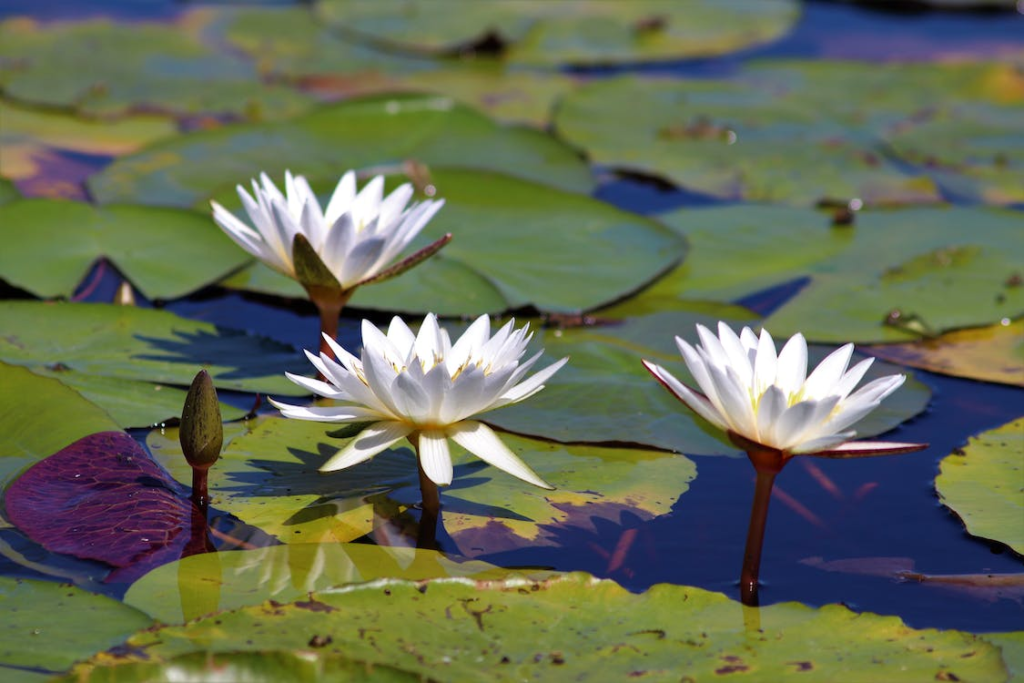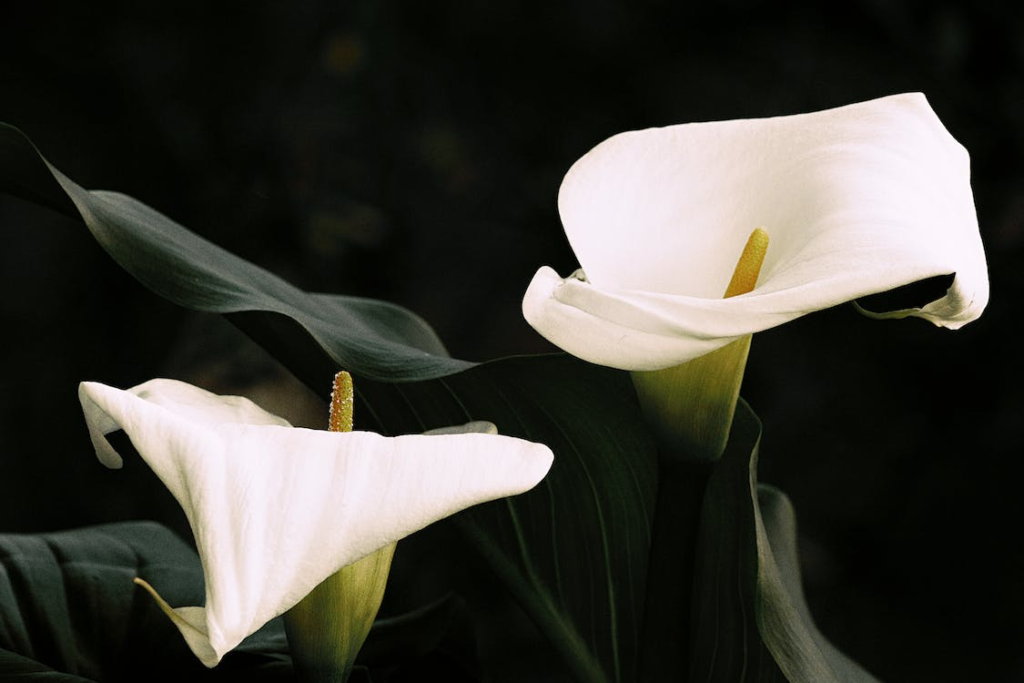When it comes to captivating blooms, few can compete with the charm and elegance of the calla lily, whether as an indoor houseplant or the crowning treasure of an outdoor garden. A common ambiguity that persists among gardening enthusiasts is – are calla lilies indoor or outdoor plants? With a reputation for their stunning beauty and versatility, calla lilies square up well in both interior and exterior settings. As natives of South Africa, they are hardy in USDA zones 8 to 10, making them perfectly adaptable outdoors year-round in these regions. However, in other areas or for indoor plant lovers, they can be successfully cultivated indoors with proper care. This article aims to explore the versatility of calla lilies as both indoor and outdoor plants, offering valuable insights and practical tips for cultivation. It addresses the extensive adaptability of this glamorous plant, shedding light on how to help this elegant flower thrive, whether outdoors under the sun or indoors adorning your living spaces. Strap in as we embark on this enlightening journey into the world of calla lilies.
Calla Lilies: Indoor or Outdoor?
Are calla lilies indoor or outdoor plants? The answer is both. Calla lilies (Zantedeschia spp.), native to South Africa, are remarkably adaptable. They are traditionally cultivated as outdoor plants in USDA hardiness zones 8 to 10, where the climate allows them to thrive all year round. However, in colder regions or for indoor gardening enthusiasts, calla lilies also flourish as indoor plants given the right conditions.
Outdoor Cultivation of Calla Lilies

Planting Outdoors
When it comes to outdoor planting, calla lilies prefer a sunny or partially shaded spot in your garden. A critical aspect of planting calla lilies outdoors is soil preparation. They favor slightly acidic, well-draining soil with a pH of around 6.0 to 6.5.
Caring for Outdoor Calla Lilies
Calla lilies require regular and deep watering throughout their growth period. For an optimal blooming phase, adding some low-nitrogen, high-potassium fertilizer every 4 to 6 weeks can do wonders. Once the flowers begin to fade, deadheading them can help the plant conserve energy for future growth.
Preparing Outdoor Calla Lilies for Winter
In cooler USDA zones (zones 7 and below), the calla lilies need to be prepped for winter after the first frost. The bulbs should be dug up and allowed to dry for a day or two. Then, these dried bulbs can be stored in a cool, dark location until the next planting season.
Indoor Cultivation of Calla Lilies

Planting Indoors
Transitioning to an indoor setting, calla lilies require similar growing conditions. The bulb should be planted in a pot with well-draining potting soil, ensuring that the ‘eyes’ or growing points of the bulb face upward. Remember, the container needs to have ample drainage to prevent water from getting logged in the pot.
Indoor Care for Calla Lilies
Being native to a hot climate, indoor calla lilies prefer a warm spot with indirect sunlight. Water them thoroughly, but let the soil dry out slightly before the next watering. Too much moisture can result in root rot. It’s also a good idea to feed the plants with a balanced houseplant fertilizer every 3 weeks during the growing season.
Indoor Calla Lilies During Winter
Unless you stay in a place with warm temperatures throughout the year, indoor calla lilies will need a winter rest period. The way to handle this is simple – after the plant flowers, gradually stop watering and allow the leaves to die back. Then, store the pot in a cool, dry place for a 2-3 month dormancy period. After that, you can begin to water the plant lightly, waking it up for another growth season.
Challenges With Growing Calla Lilies
Pests and Diseases
Whether you grow calla lilies indoors or outdoors, you may face some common challenges. Pests such as aphids, spider mites, and snails are drawn to calla lilies. Frequent plant check-ups and pest management are crucial to keep these pests at bay.
In terms of diseases, calla lilies can suffer from bacterial soft rot and root rot due to overwatering. Good sanitation practices can play a significant role in disease prevention.
Conclusion
Whether cultivated indoors to brighten up living spaces or outdoors to bring color and elegance to a garden, calla lilies prove their versatility. The essential learning here is to mimic, as closely as possible, their native conditions whether inside or outside.
Armed with the tips shared in this article, you can now decide whether to grow these stunning blooms indoors or outdoors or perhaps even both! Remember that, be it inside or outside, calla lilies promise to bring a touch of elegance with their captivating beauty. Enjoy the joy of cultivating calla lilies, and happy gardening!


Leave a Reply